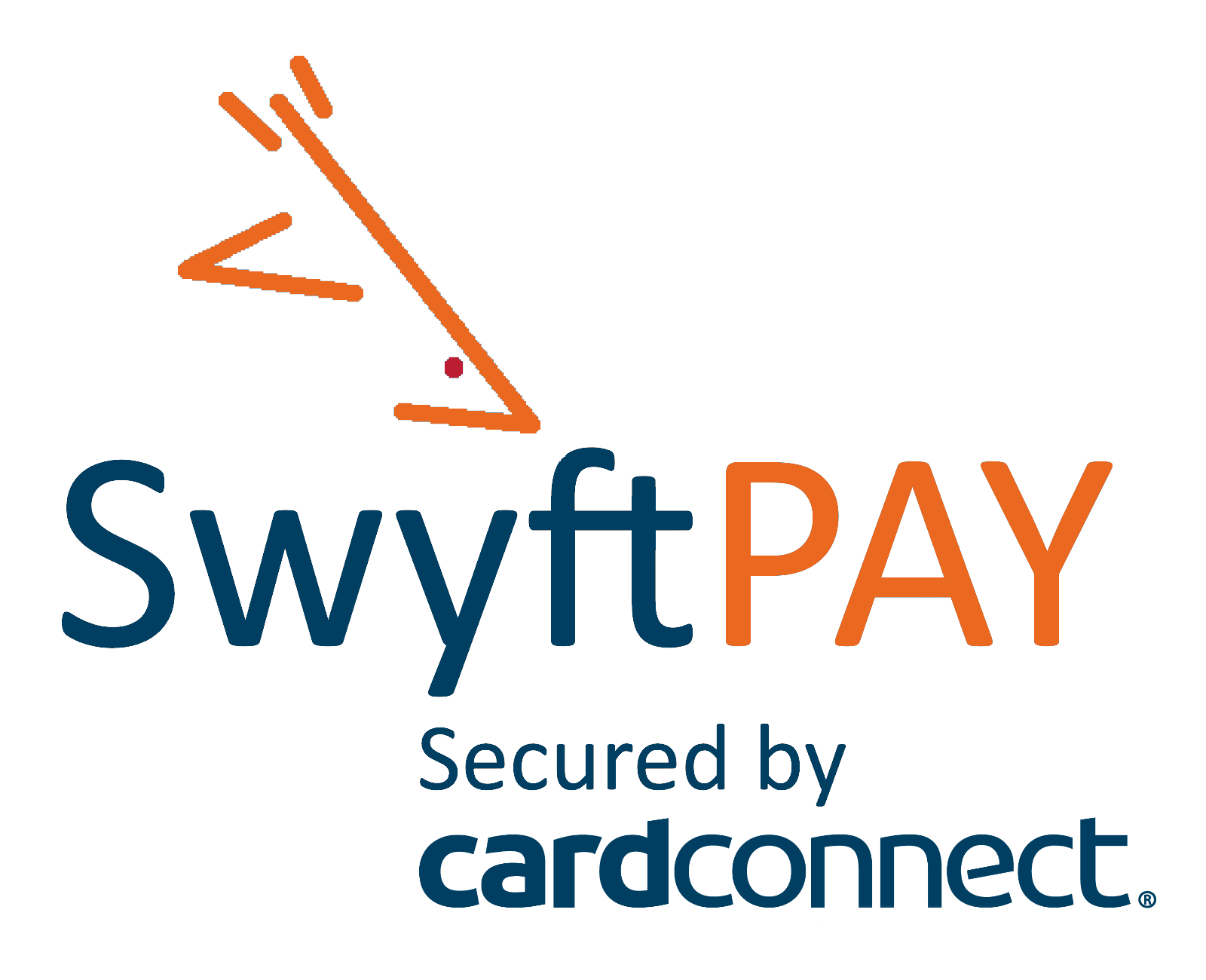1. “USER” Account .vs Actual/Direct Processing:
The industry term for a User Account, such as Square or Paypal, is “Aggregator”. An Aggregator sets up a master account that processes transactions in bulk. Each transaction is first identified and classified by the code assigned to the individual user (merchant). Square, for instance, has tens of thousands of users set up as merchants on their aggregating account.
Each user and each transaction is not only subject to the rules and regulations of Visa/MasterCard but also the rules and guidelines set forth by the Aggregator. This dual set of guidelines often conflict, as Square/Paypal, etc., in its discretion, controls the flow of the money to the merchant user. When it comes to funding and transactional flow, the guidelines can vary widely and have a negative impact on the merchant user’s cash flow.
KEY DIFFERENCE: When a merchant chooses a traditional merchant account, they follow the guidelines as established by Visa/MasterCard and are afforded all the protections of processing that are laid out in the Program Guide, with no additional layer of scrutiny (middleman) to worry about.
2. Security:
When PCI standards were put in place several years back, mobile processing had not yet made its debut in the industry. Therefore, there are some glaring loopholes in data compliance when it comes to PCI compliance and data security. The key loophole is that merchant users are not required to pass data security standards in order to process transactions. The Aggregator is the only one responsible to comply with PCI compliance.
KEY DIFFERENCE: The savings derived from not having to comply can be passed on to the merchant, but so can the risk associated with data security. Remember, Square sets its own rules above and beyond that of Visa/MasterCard. PCI DSS 3.0 has addressed these issues and rolls in the requirements for EMV as well, but we will talk about EMV next.
3. The New EMV Technology:
EMV (Euro MasterCard/Visa or chip cards) brings the time tested security measures being employed around the world, to the United States. Gone are the days of the magnetic strip and 16 digit credit card number for all swiped transactions. The new paradigm is the chip and the dip. “Dip” is the term that refers to the card being inserted into a slot so that the chip can do its security “handshake” and authorize the transaction. The consumer’s card is inserted “dipped’ into the reader and remains there through the balance of the transaction.
The dip presents a problem for mobile swipes. How does the reader hold the card in place as the transaction occurs? Square uses an auxiliary piece of equipment that connects via Bluetooth to the smartphone. Other mobile providers are still battling this problem and have yet to roll out any viable solutions.
KEY DIFFERENCE: Traditional credit card processing, on the other hand, has solved this problem. First Data, for example, has elected to roll its mobile capability into its business management platform, Clover. Clover Go is capable of the dip, holding the card securely in place during the transaction. With every major retailer in the world combating fraud, the traditional merchant account holder will benefit from this advancement in technology…No short cuts here.
4. Chargebacks and Bad Cards:
Inevitably, all merchants will have to deal with a chargeback or stolen credit card. Aggregators set their own rules when it comes to these issues and their merchant users are suffering for it. Most notably, the Aggregator will:
A) Remove funds from the User’s bank account with no warning as soon as a chargeback is filed.
B) NOT work with the merchant to recoup lost funds and/or
C) May tie up the merchant’s money for months …
KEY DIFFERENCE: When it comes to chargebacks and stolen cards the differences between the aggregators and the traditional merchant accounts are vast. For starters – with a traditional account, chargebacks are handled with clear guidelines and offer the merchant a legitimate chance of (and assistance with) recouping charged-back funds. And, so long as merchants use EMV compliant equipment, they are not at risk of losing funds if they accept a fraudulent or stolen credit card.
————————– BONUS SYNOPSIS ————————–
* So where is the BREAKEVEN?*
* At what point is your business ready for a REAL credit card Processor?
If your business is small and/or does sporadic volume, you may already be using Square, Paypal, or something similar. But if you are running a serious or successful business you’ve probably wondered, “When is the right time to consider upgrading to traditional merchant account?”
Answer: Absent of any compensating factors such as value benefits or chargebacks, most merchants can expect the breakeven at about $2,500-$3,000 of monthly transactional volume.
Other breakeven factors to consider are:
– Average transaction size.
– Consistency of volume.
– The risk or likelihood of getting chargebacks or taking fraudulent cards .
– Which is more important to you; a flat rate – or the overall cost of processing credit cards?
An experienced merchant services professional can walk you through the benefits and costs associated with making this decision. It just so happens that I am an experienced merchant services professional! (Imagine that.)
Bradley Ganzer
Mechant Services Representative
Ignite Payments Maple Grove

Recent Comments